Home>Gardening & Outdoor>Landscaping Ideas>How To Keep Fire Pit From Burning Grass
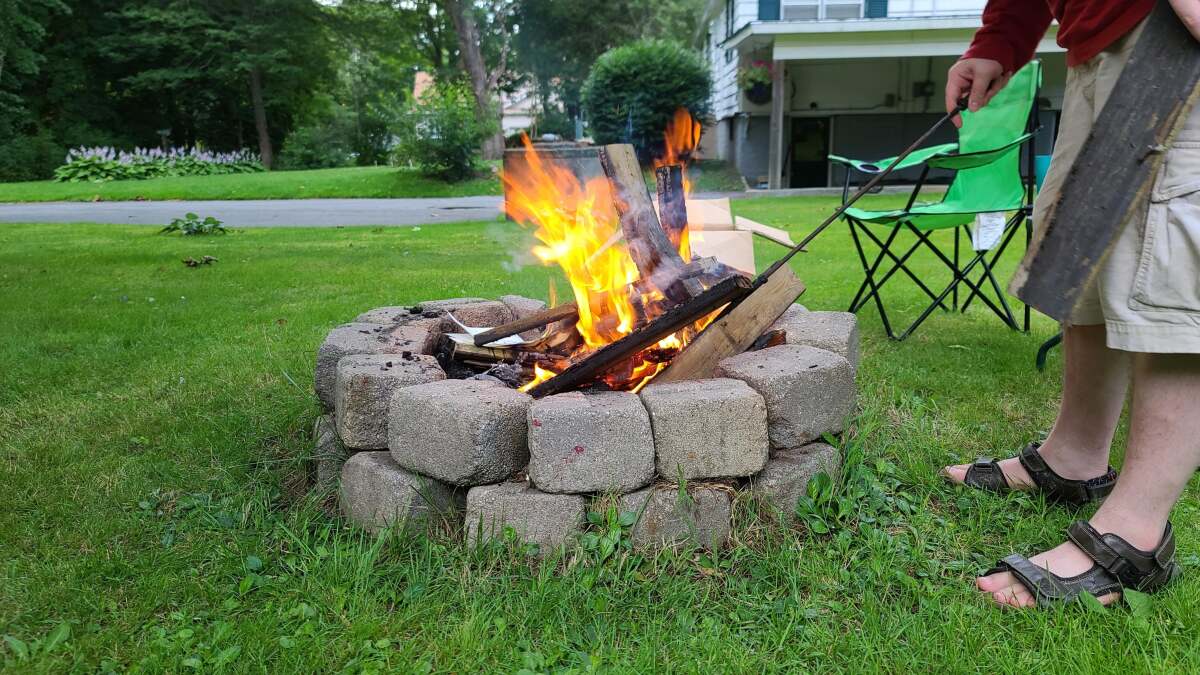

Landscaping Ideas
How To Keep Fire Pit From Burning Grass
Published: January 30, 2024
Learn effective landscaping ideas to prevent your fire pit from damaging your grass. Discover how to keep your lawn green and beautiful with these tips.
(Many of the links in this article redirect to a specific reviewed product. Your purchase of these products through affiliate links helps to generate commission for Storables.com, at no extra cost. Learn more)
Introduction
When it comes to creating a cozy and inviting outdoor space, few elements rival the allure of a crackling fire pit. The warmth and ambiance it provides make it a popular choice for gatherings, relaxation, and even cooking. However, the joy of having a fire pit can be dampened when it starts to damage the surrounding grass. The unsightly burn marks and potential for grass destruction can be a cause for concern, but fear not – there are effective strategies to keep your fire pit from burning the grass.
In this comprehensive guide, we will delve into various techniques and considerations to ensure that your fire pit not only enhances your outdoor space but also coexists harmoniously with your lawn. From selecting the optimal location to implementing protective measures, we will explore practical solutions to address this common issue. Whether you're a seasoned fire pit enthusiast or a newcomer to the world of outdoor fires, this article will equip you with the knowledge and strategies to preserve the beauty of your lawn while enjoying the allure of a mesmerizing fire pit.
Key Takeaways:
- Choose a safe location for your fire pit, away from flammable materials, with a non-combustible base to protect the grass from heat damage and ensure a cozy outdoor space.
- Use heat shields, fire pit pads, and grates to create a protective barrier, elevate the burning fuel, and maintain regular maintenance to enjoy a mesmerizing fire pit while keeping your lawn lush and vibrant.
Understanding the Problem
Before delving into the solutions, it’s crucial to understand why fire pits often pose a threat to the surrounding grass. The primary reason lies in the intense heat generated by the fire pit, especially when it is in use for an extended period. This heat can cause the grass beneath and around the fire pit to wither and turn brown, detracting from the overall aesthetics of your outdoor space.
Furthermore, the heat can create a parched and dry environment, making it challenging for the grass to thrive. This can lead to unsightly patches and may even necessitate reseeding or resodding to restore the lush green appearance of the lawn.
Another factor to consider is the type of fuel used in the fire pit. Wood-burning fire pits, while beloved for their rustic charm and aromatic ambiance, can generate more intense heat compared to gas or propane-fueled alternatives. As a result, wood-burning fire pits may pose a higher risk of damaging the surrounding grass, especially if precautions are not taken.
Understanding these dynamics is pivotal in devising effective strategies to mitigate the impact of the fire pit on the grass. By addressing the root causes of the issue, it becomes possible to implement targeted measures that safeguard the health and vibrancy of the lawn while still relishing the allure of a captivating fire pit.
Choosing the Right Location
One of the fundamental aspects of preventing a fire pit from burning the grass is selecting an appropriate location for its installation. The ideal placement not only enhances safety but also minimizes the risk of heat damage to the surrounding grass.
First and foremost, consider the proximity to flammable materials such as overhanging branches, shrubbery, or dry grass. It’s essential to position the fire pit in an open area, away from potential fire hazards. This not only reduces the risk of accidental fires but also ensures that the radiant heat from the fire pit does not inadvertently reach and harm nearby vegetation.
Furthermore, opt for a location with a non-combustible base, such as gravel or stone, to serve as the foundation for the fire pit. This not only provides a stable and secure surface for the fire pit but also prevents direct contact between the intense heat and the grass. By creating this buffer zone, you can effectively shield the grass from the detrimental effects of the fire pit’s thermal energy.
Consider the prevailing wind patterns in your outdoor space when choosing the location for the fire pit. Placing the fire pit in an area where the prevailing winds carry the smoke away from the house and outdoor seating areas can enhance the overall comfort and safety of the space. Additionally, this strategic placement can minimize the accumulation of soot and debris on the grass, preserving its pristine appearance.
By conscientiously selecting the location for your fire pit, you can proactively mitigate the risk of heat damage to the grass while creating a safe and enjoyable environment for gatherings and relaxation.
Using a Heat Shield
Implementing a heat shield is a highly effective strategy to safeguard the surrounding grass from the intense heat generated by a fire pit. A heat shield, typically made of durable and heat-resistant materials, serves as a protective barrier that mitigates the direct impact of the fire pit’s thermal energy on the grass.
One popular option for a heat shield is a metal fire pit heat deflector, designed to be placed beneath the fire pit. This deflects the heat away from the ground, preventing it from reaching and damaging the grass underneath. The heat deflector is available in various sizes to accommodate different fire pit dimensions, ensuring comprehensive protection for the surrounding area.
Another effective heat shield solution is a fire pit heat-resistant mat or pad. These specialized mats are crafted from materials capable of withstanding high temperatures, making them an ideal choice for shielding the grass from heat damage. Placing the mat beneath the fire pit creates a thermal barrier that preserves the vitality of the grass while allowing you to enjoy the warmth and charm of the fire pit.
When using a heat shield, it’s essential to ensure that it extends beyond the perimeter of the fire pit, providing ample coverage for the surrounding grass. This comprehensive protection minimizes the risk of heat-related damage and maintains the lush and vibrant appearance of the lawn.
By incorporating a heat shield into your fire pit setup, you can relish the captivating allure of the fire pit while safeguarding the beauty and health of your lawn, creating a harmonious coexistence between the two elements.
Place a heat-resistant barrier like a metal or stone pad under the fire pit to protect the grass from burning. You can also move the fire pit around regularly to prevent the grass from getting scorched.
Installing a Fire Pit Pad
Integrating a fire pit pad into your outdoor space is a proactive and practical approach to prevent the fire pit from damaging the grass. A fire pit pad, typically constructed from fire-resistant materials such as heat-reflective metal or thermal barrier fabrics, serves as a protective foundation for the fire pit, shielding the underlying grass from the intense heat and potential embers.
The installation process involves placing the fire pit pad on the ground, creating a designated area for the fire pit that is separate from the grass. This not only provides a stable and secure base for the fire pit but also minimizes the direct contact between the fire and the grass, mitigating the risk of heat-related damage.
When selecting a fire pit pad, consider the size and design of your fire pit to ensure a proper fit and adequate coverage. Opt for a pad that extends beyond the perimeter of the fire pit, effectively creating a protective buffer zone around the fire pit area. This comprehensive coverage prevents the heat and embers from reaching the grass, preserving its health and appearance.
Furthermore, fire pit pads are available in various styles and finishes, allowing you to choose an option that complements your outdoor aesthetic while delivering reliable protection for the grass. Whether you prefer a sleek metal pad or a subtly textured thermal barrier, the fire pit pad can seamlessly integrate into your outdoor space while serving as a safeguard against heat damage.
By installing a fire pit pad, you can enjoy the warmth and allure of a fire pit without compromising the well-being of your grass. This proactive measure not only preserves the visual appeal of your outdoor area but also ensures a safe and sustainable environment for hosting gatherings and creating cherished memories around the mesmerizing glow of the fire pit.
Read more: How To Burn Wood In A Fire Pit
Using Fire Pit Grates
Integrating fire pit grates into your outdoor fire pit setup can significantly mitigate the risk of heat damage to the surrounding grass while enhancing the efficiency and safety of the fire pit. Fire pit grates, typically crafted from durable and heat-resistant materials such as steel or cast iron, serve as elevated platforms within the fire pit, elevating the burning fuel and promoting optimal airflow.
By raising the firewood or fuel above the ground level, fire pit grates effectively reduce the direct contact between the intense heat and the grass beneath the fire pit. This elevation creates a buffer zone, allowing for improved air circulation and heat dispersion while minimizing the risk of scorching or withering the grass.
Furthermore, fire pit grates facilitate efficient combustion by promoting airflow, resulting in a more controlled and complete burn of the fuel. This not only enhances the overall performance of the fire pit but also reduces the production of excessive heat that could potentially harm the surrounding grass.
When selecting fire pit grates, consider the size and design that best suits your fire pit. Opt for a grate that provides adequate coverage for the burning fuel while allowing for easy maintenance and cleaning. Additionally, ensure that the grate is compatible with the specific type of fire pit you have, whether it’s wood-burning, gas, or propane-fueled, to maximize its effectiveness.
By incorporating fire pit grates into your fire pit setup, you can enjoy the captivating warmth and ambiance of the fire pit while safeguarding the health and appearance of your grass. This thoughtful addition not only enhances the functionality of the fire pit but also fosters a harmonious coexistence between the mesmerizing allure of the fire and the lush beauty of your outdoor space.
Regular Maintenance
Implementing a routine maintenance regimen is essential for preserving the integrity of your fire pit and safeguarding the surrounding grass from potential damage. By incorporating regular maintenance practices, you can ensure that your fire pit continues to enhance your outdoor space without compromising the health and appearance of the grass.
One crucial aspect of maintenance involves inspecting the fire pit and its components regularly. Check for any signs of wear, damage, or corrosion, particularly in the areas that come into direct contact with the ground. Addressing any issues promptly can prevent potential heat dispersion or embers that may harm the grass.
Furthermore, cleaning the fire pit and removing accumulated ash, debris, and soot is vital for maintaining its efficiency and safety. Regularly clearing these materials not only promotes optimal airflow and combustion within the fire pit but also minimizes the accumulation of potentially harmful substances that could affect the surrounding grass.
When conducting maintenance on the fire pit, take the opportunity to assess the condition of the surrounding grass. Address any signs of heat damage, such as browning or withering, by providing appropriate care and treatment to restore the vitality of the affected areas. This proactive approach can prevent the spread of damage and promote the overall health of the lawn.
Additionally, consider incorporating a layer of heat-resistant material, such as gravel or pavers, in the immediate vicinity of the fire pit. This serves as an added protective measure, creating a barrier that minimizes the direct impact of the fire pit’s heat on the grass while enhancing the visual appeal of the fire pit area.
By integrating regular maintenance into your fire pit care routine, you can ensure that the fire pit remains a source of warmth and enjoyment while preserving the lush beauty of your lawn. This proactive approach not only enhances the longevity of the fire pit but also fosters a sustainable and harmonious relationship between the fire pit and the surrounding outdoor environment.
Conclusion
Preserving the allure of a fire pit while safeguarding the health and vibrancy of your lawn is a delicate balance that can be achieved through thoughtful consideration and proactive measures. By understanding the dynamics of heat dispersion and implementing targeted strategies, you can create a harmonious coexistence between the captivating warmth of the fire pit and the lush beauty of your outdoor space.
Choosing the right location for your fire pit sets the foundation for a safe and enjoyable outdoor environment. Opting for an open area with a non-combustible base not only minimizes the risk of heat damage to the grass but also enhances the overall safety of the space.
Integrating a heat shield, such as a metal fire pit heat deflector or a heat-resistant mat, provides a reliable barrier that prevents the direct impact of the fire pit’s thermal energy on the grass, allowing you to relish the warmth and charm of the fire pit without compromising the well-being of your lawn.
Installing a fire pit pad offers a designated and protective foundation for the fire pit, creating a separate area that shields the grass from the intense heat and potential embers. This proactive measure ensures that the fire pit becomes an inviting focal point while maintaining the pristine appearance of the surrounding grass.
Incorporating fire pit grates elevates the burning fuel within the fire pit, reducing the direct contact between the intense heat and the grass. This not only promotes efficient combustion but also mitigates the risk of heat-related damage, fostering a sustainable and harmonious relationship between the fire pit and the outdoor environment.
Embracing regular maintenance practices, including inspecting the fire pit, cleaning accumulated debris, and addressing any signs of heat damage to the grass, ensures that the fire pit continues to enrich your outdoor space without compromising the health and appearance of your lawn.
By implementing these strategies and fostering a mindful approach to fire pit care, you can create an inviting outdoor space that harmoniously integrates the captivating allure of a fire pit with the natural beauty of your lawn. With these measures in place, you can savor the warmth and ambiance of the fire pit while preserving the lush and vibrant essence of your outdoor environment for years to come.
Frequently Asked Questions about How To Keep Fire Pit From Burning Grass
Was this page helpful?
At Storables.com, we guarantee accurate and reliable information. Our content, validated by Expert Board Contributors, is crafted following stringent Editorial Policies. We're committed to providing you with well-researched, expert-backed insights for all your informational needs.
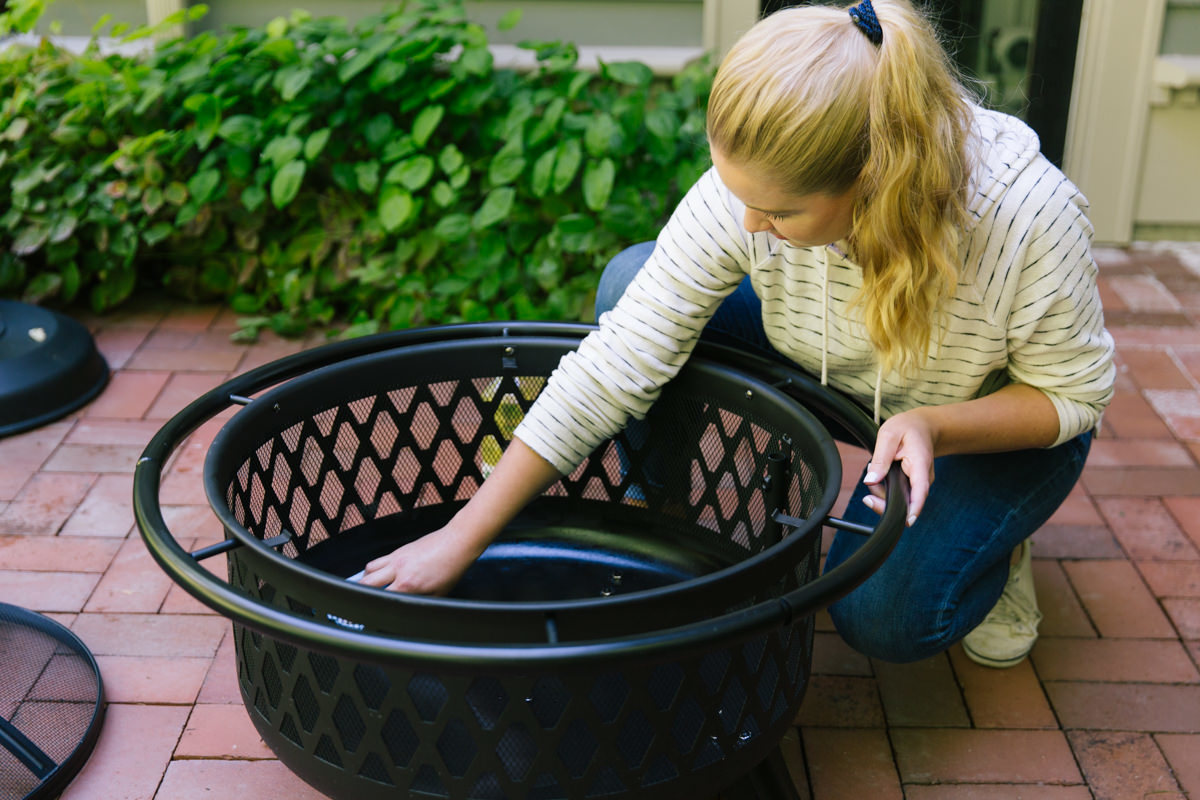
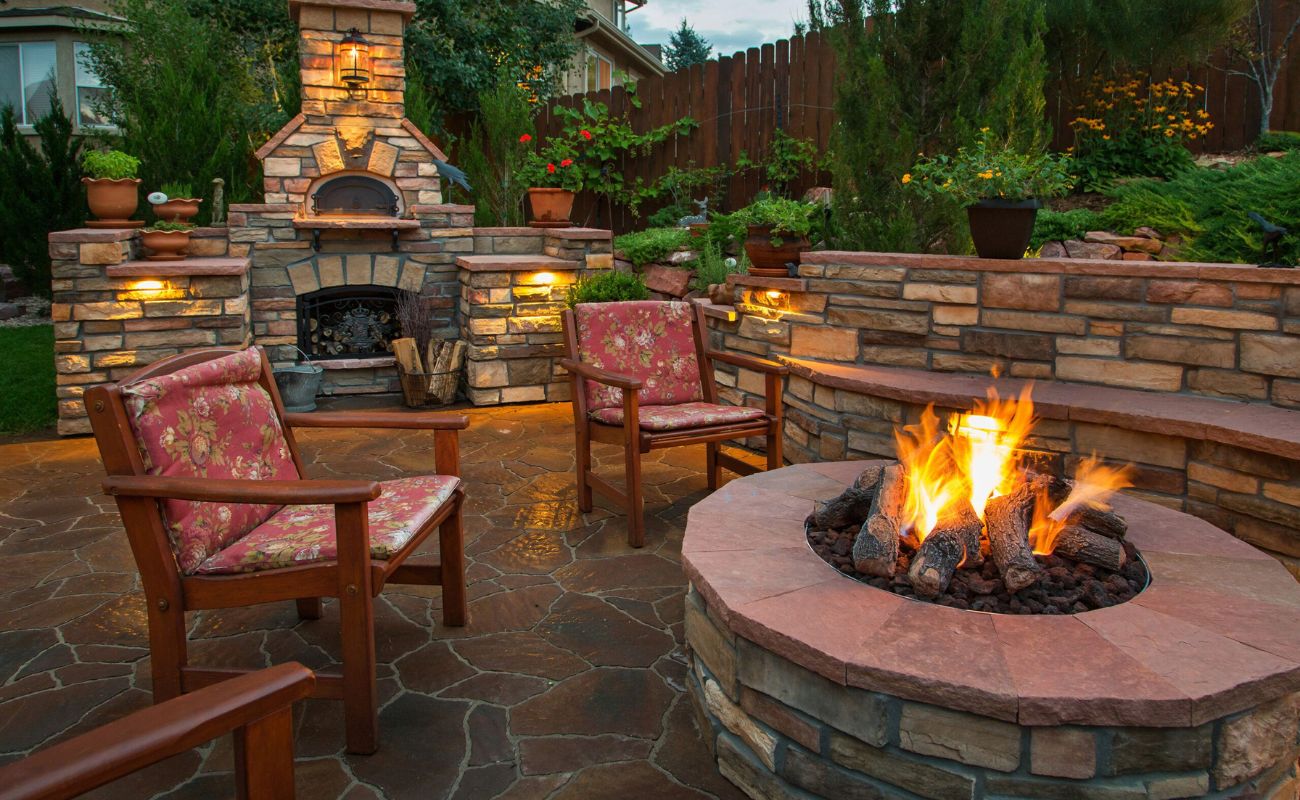
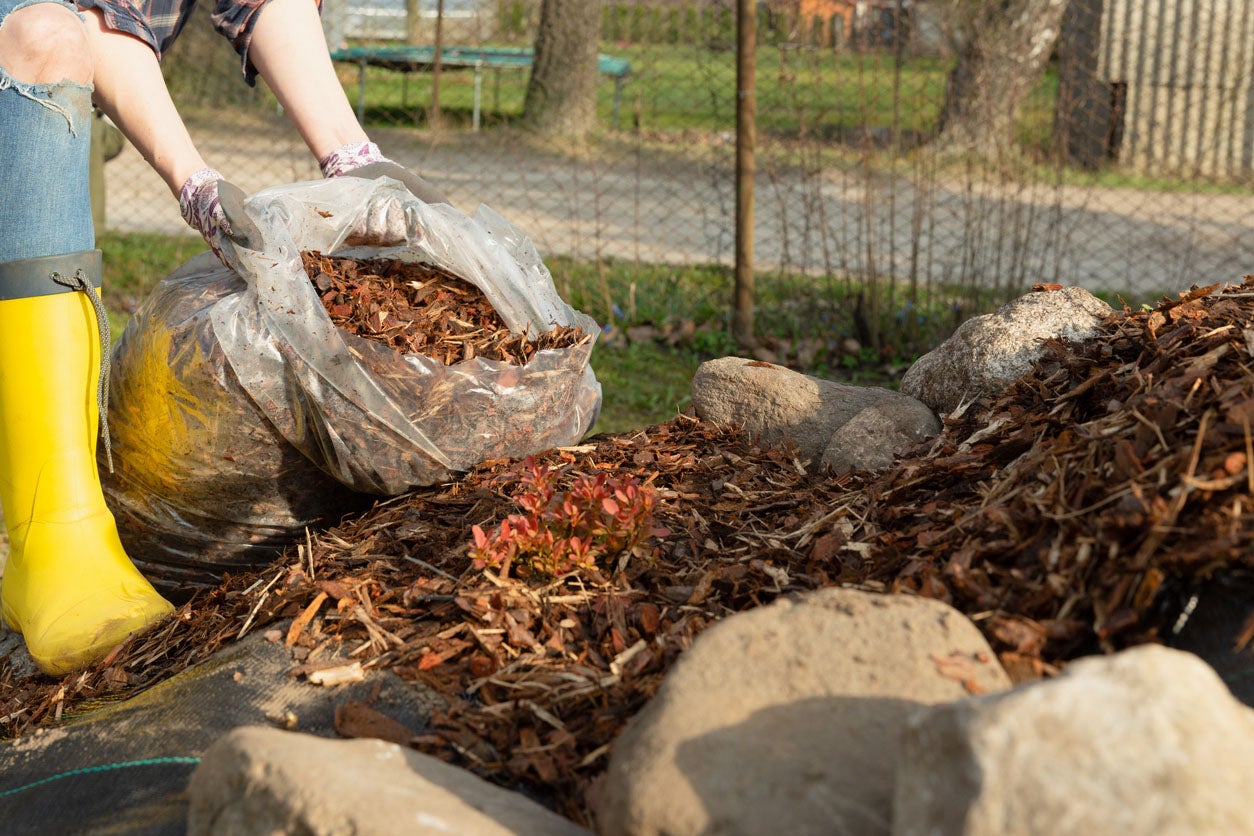
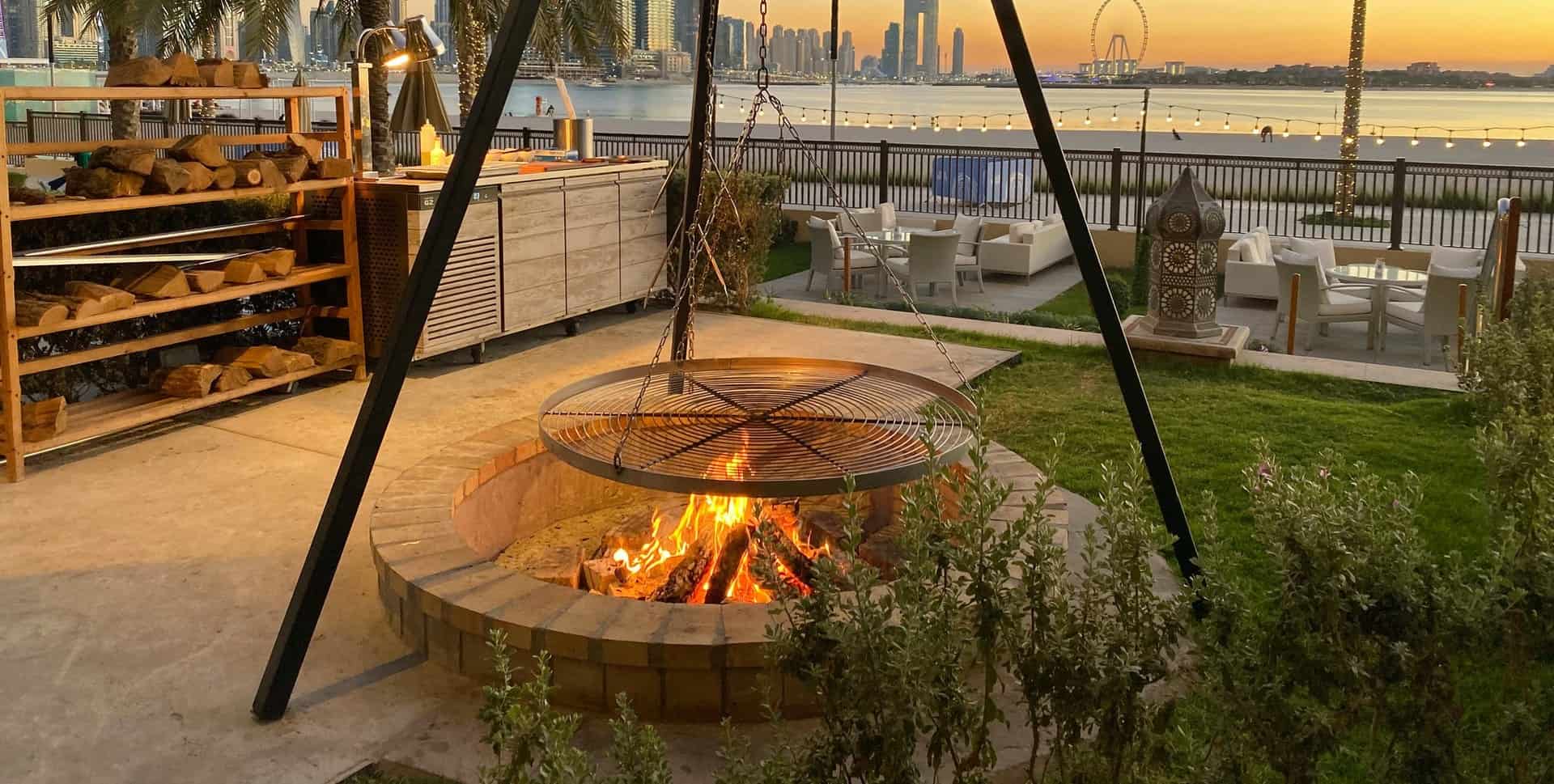
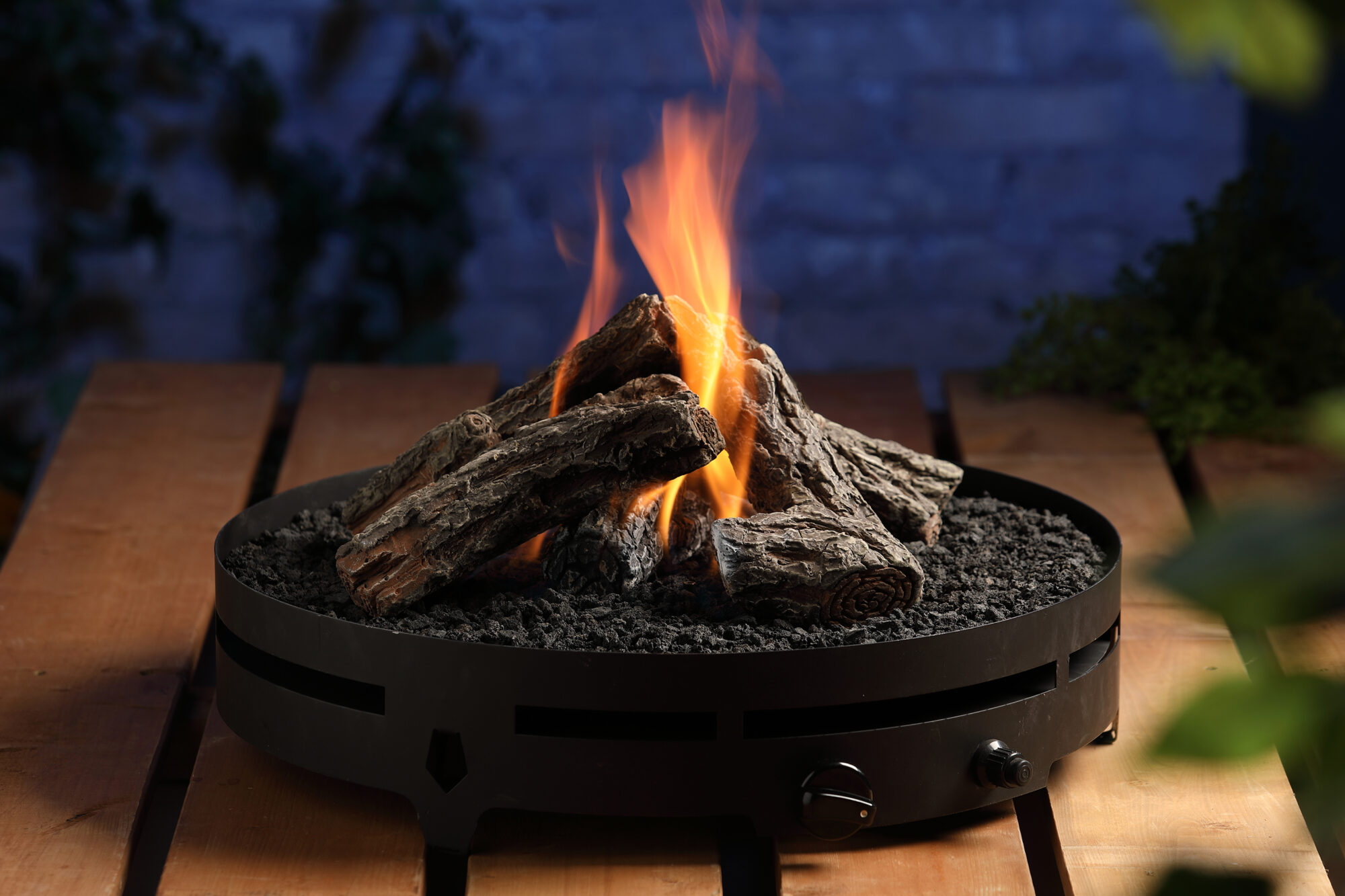
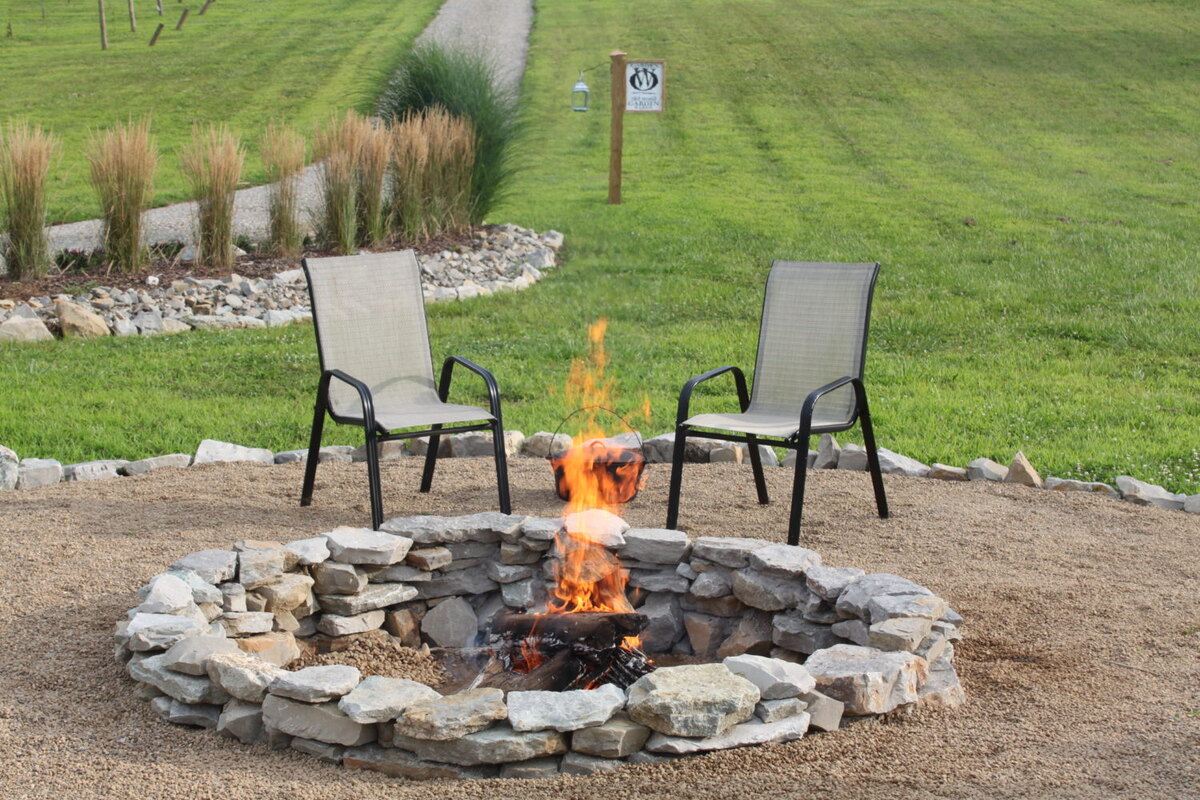
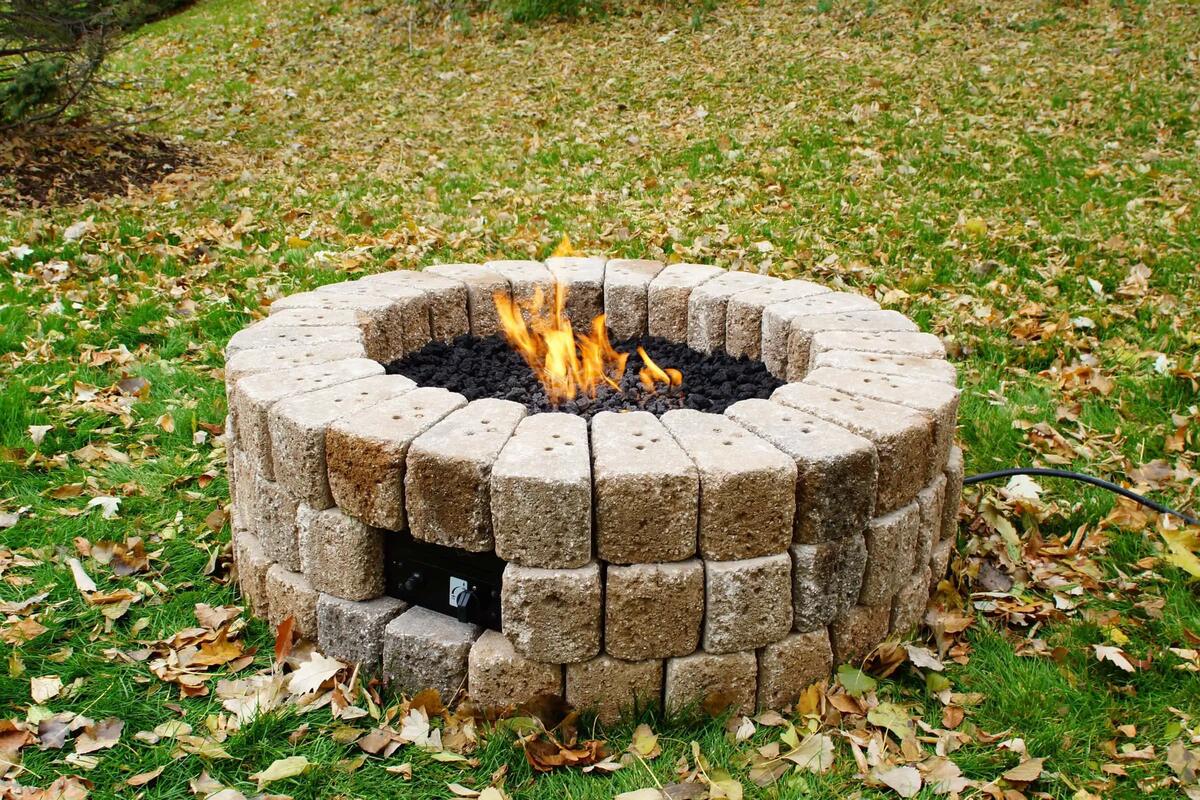
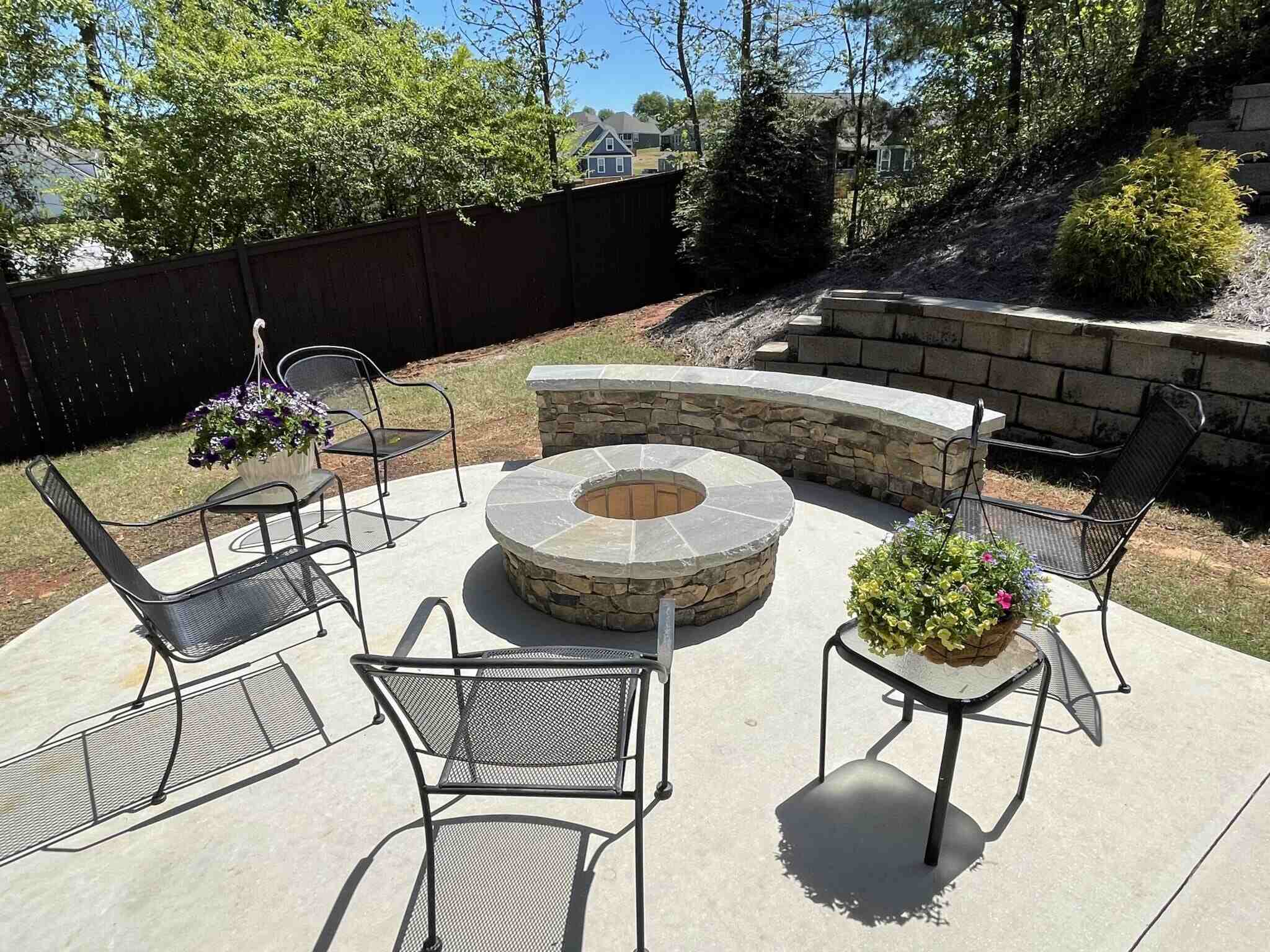
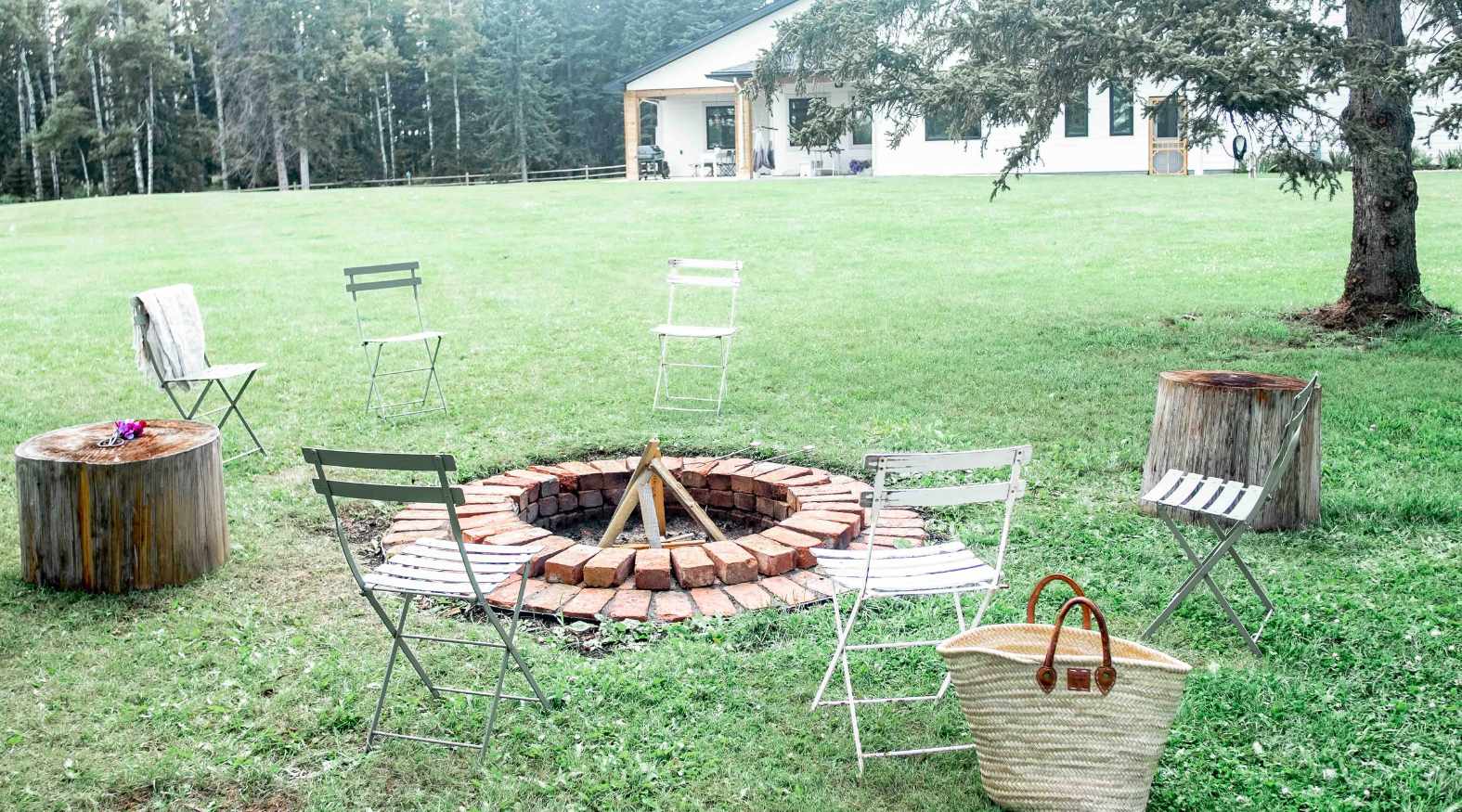
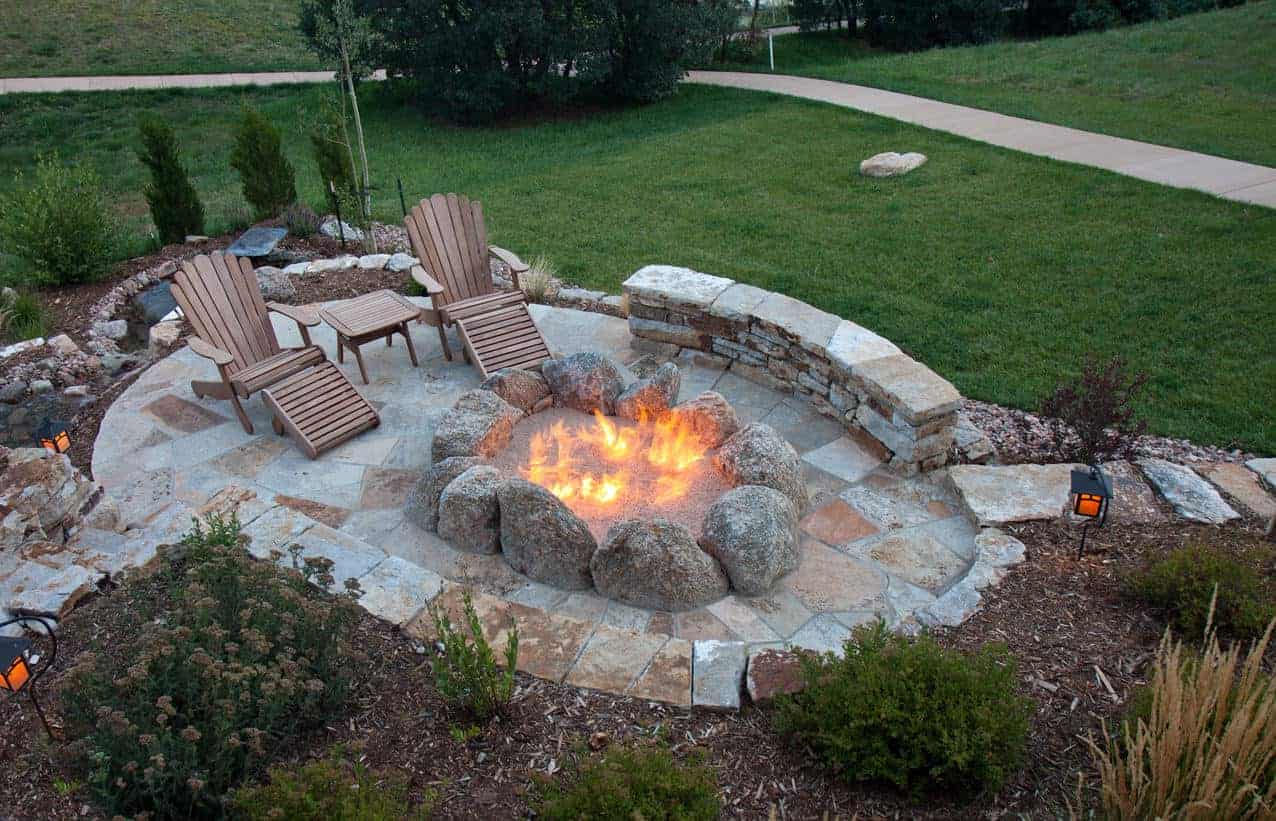
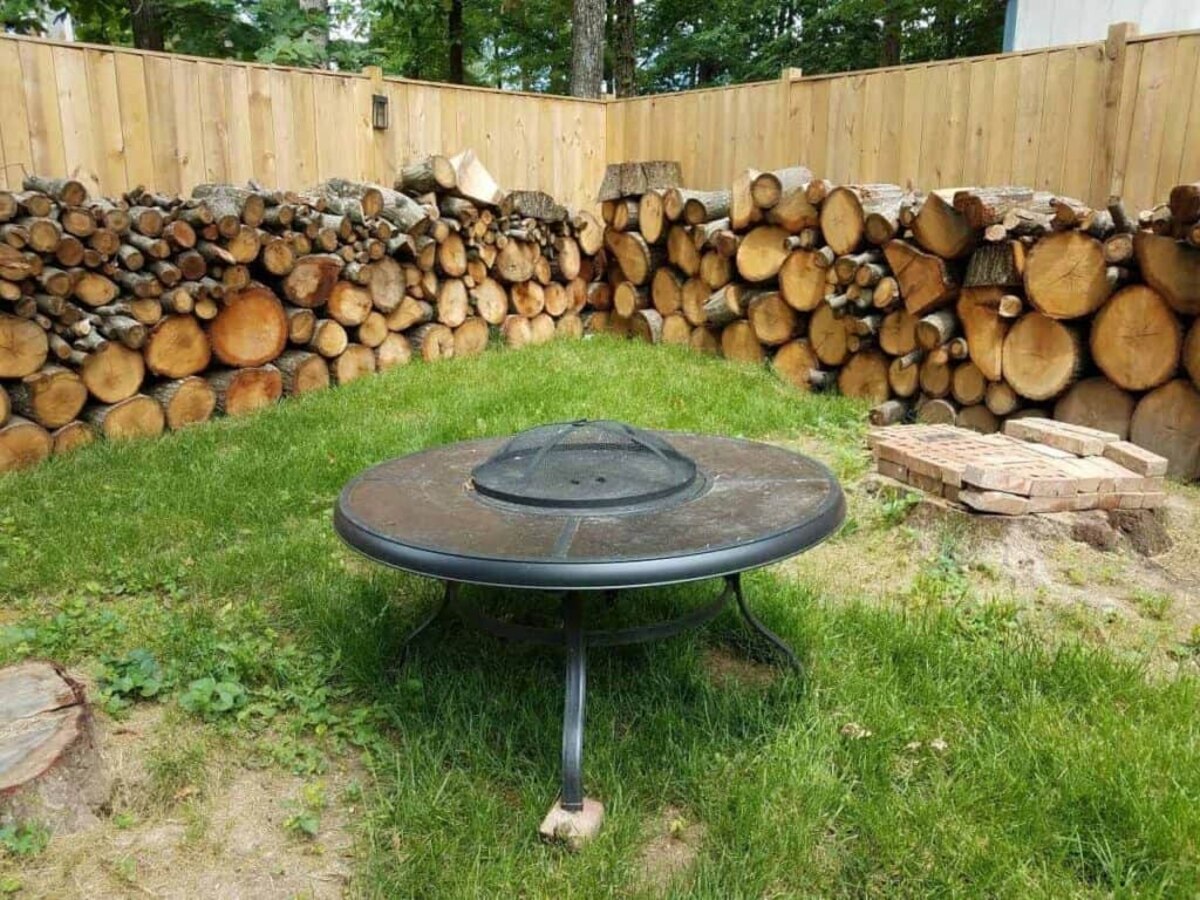
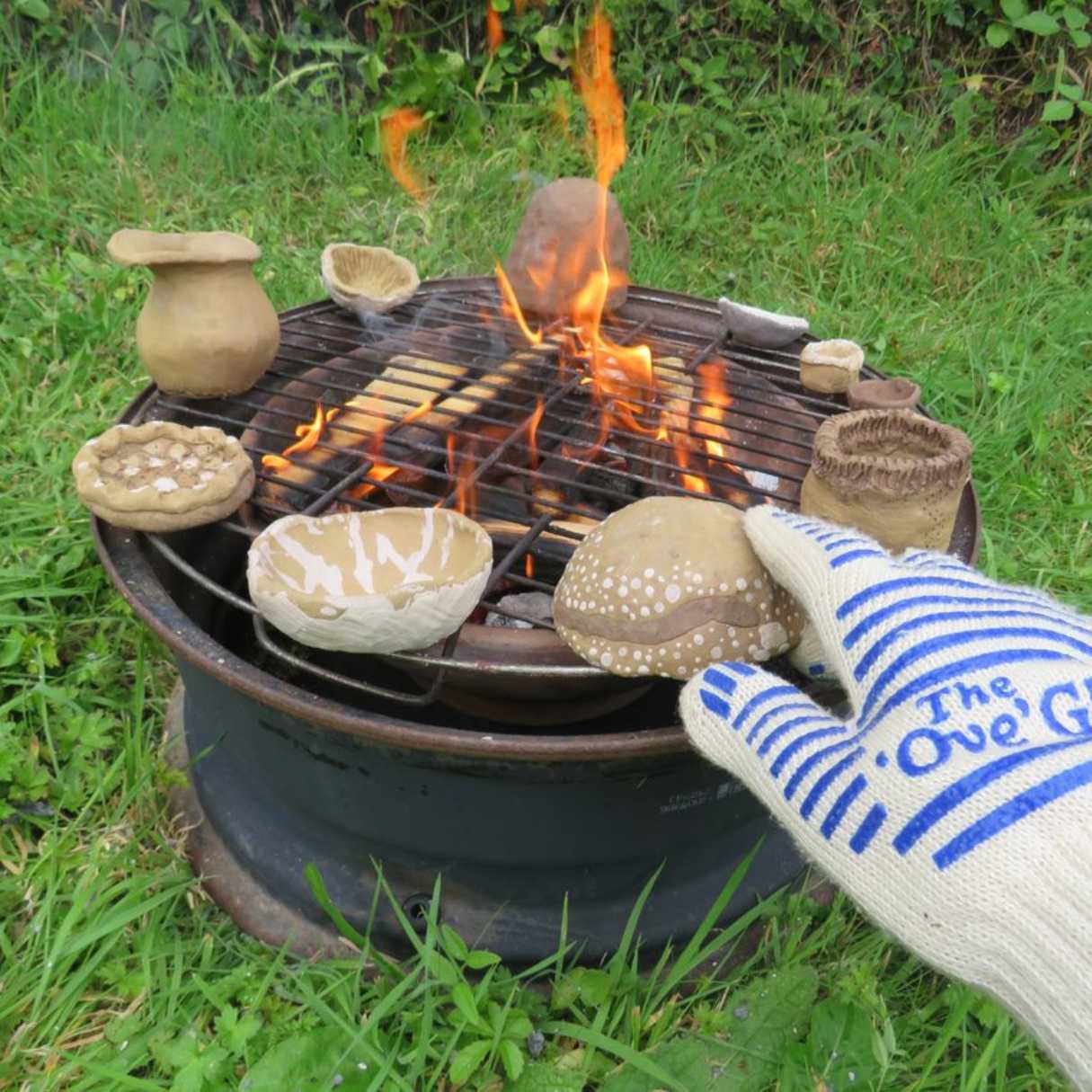
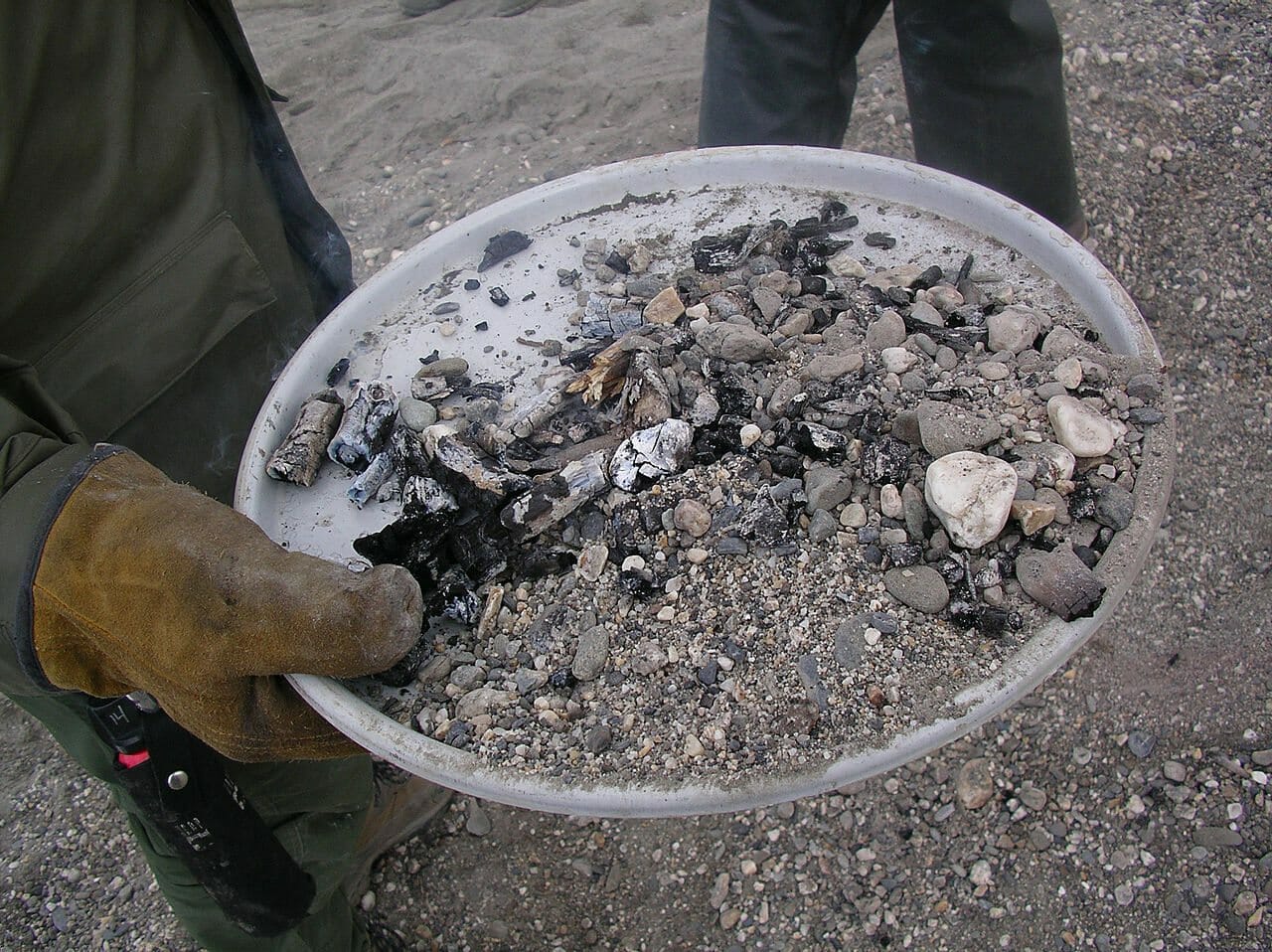
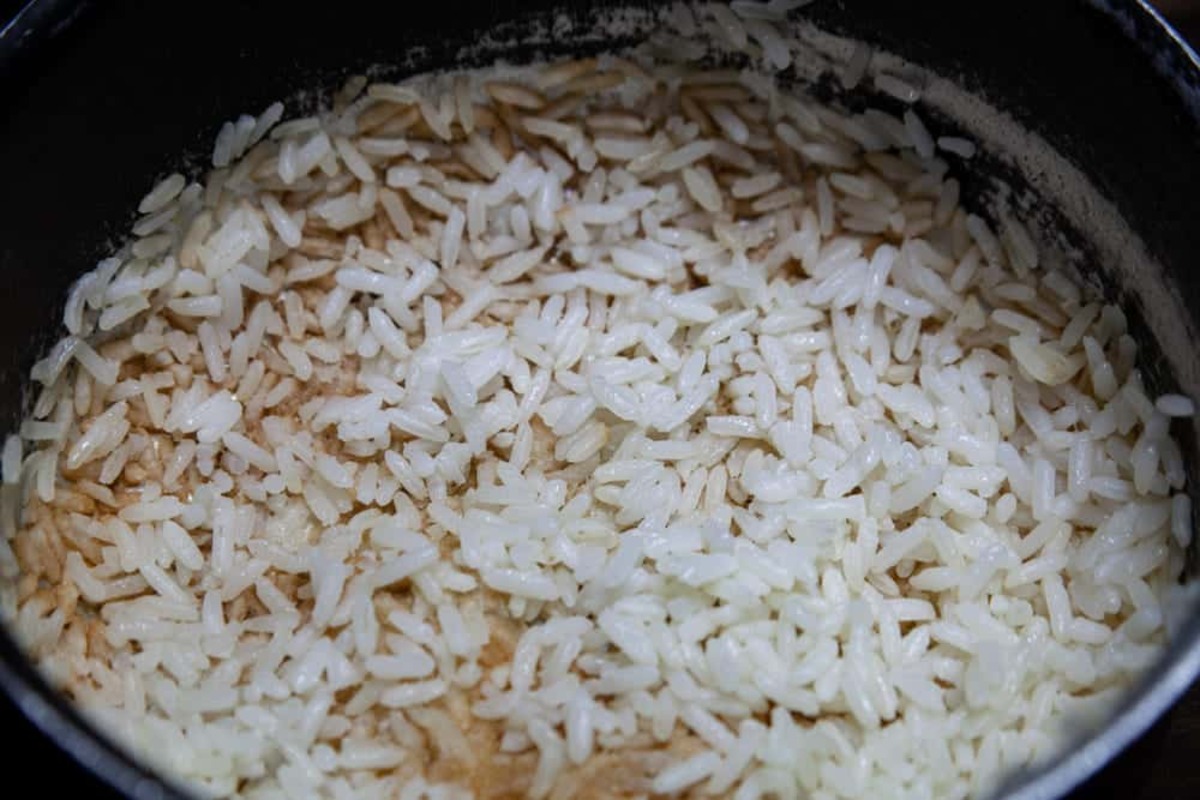

0 thoughts on “How To Keep Fire Pit From Burning Grass”